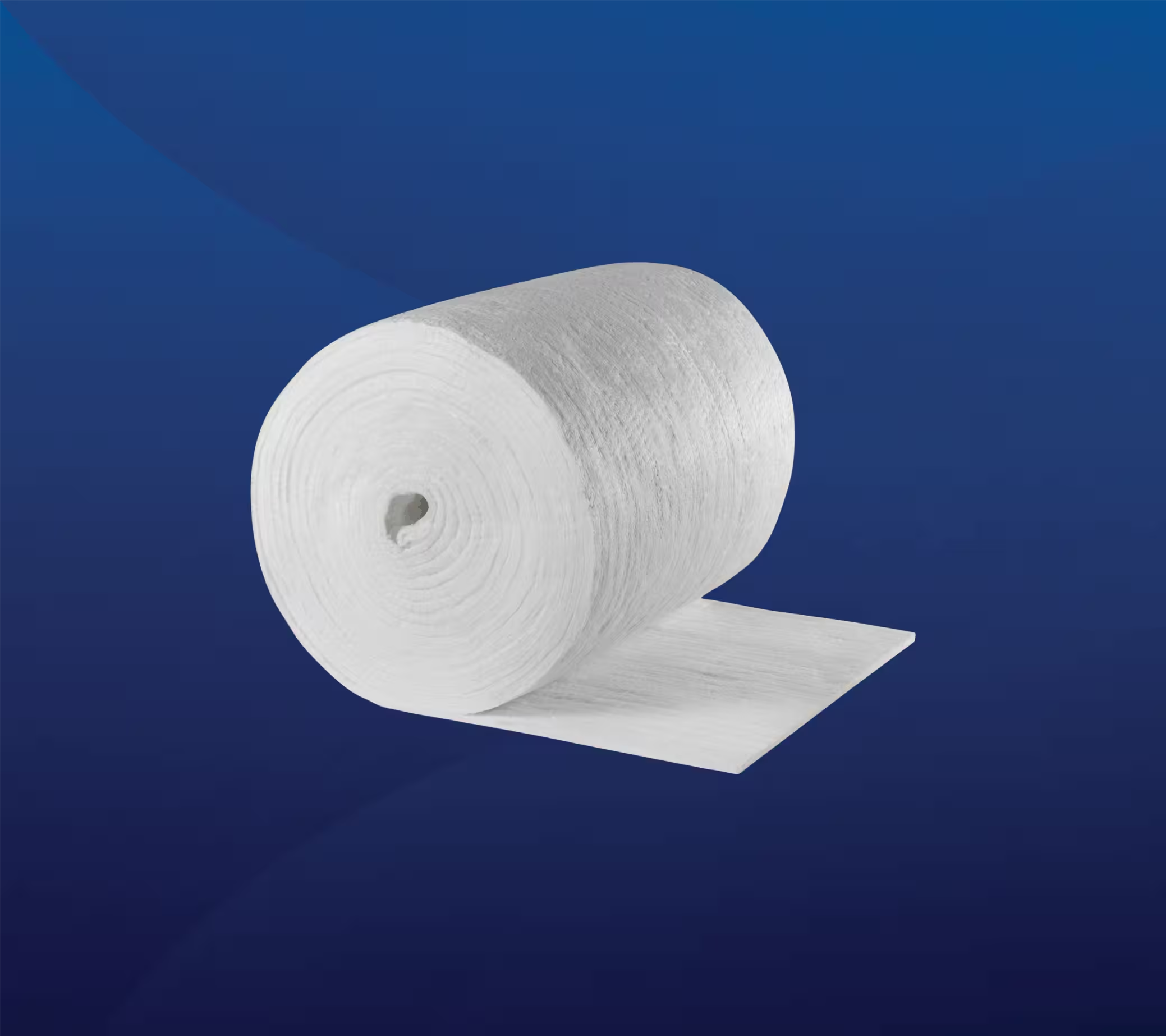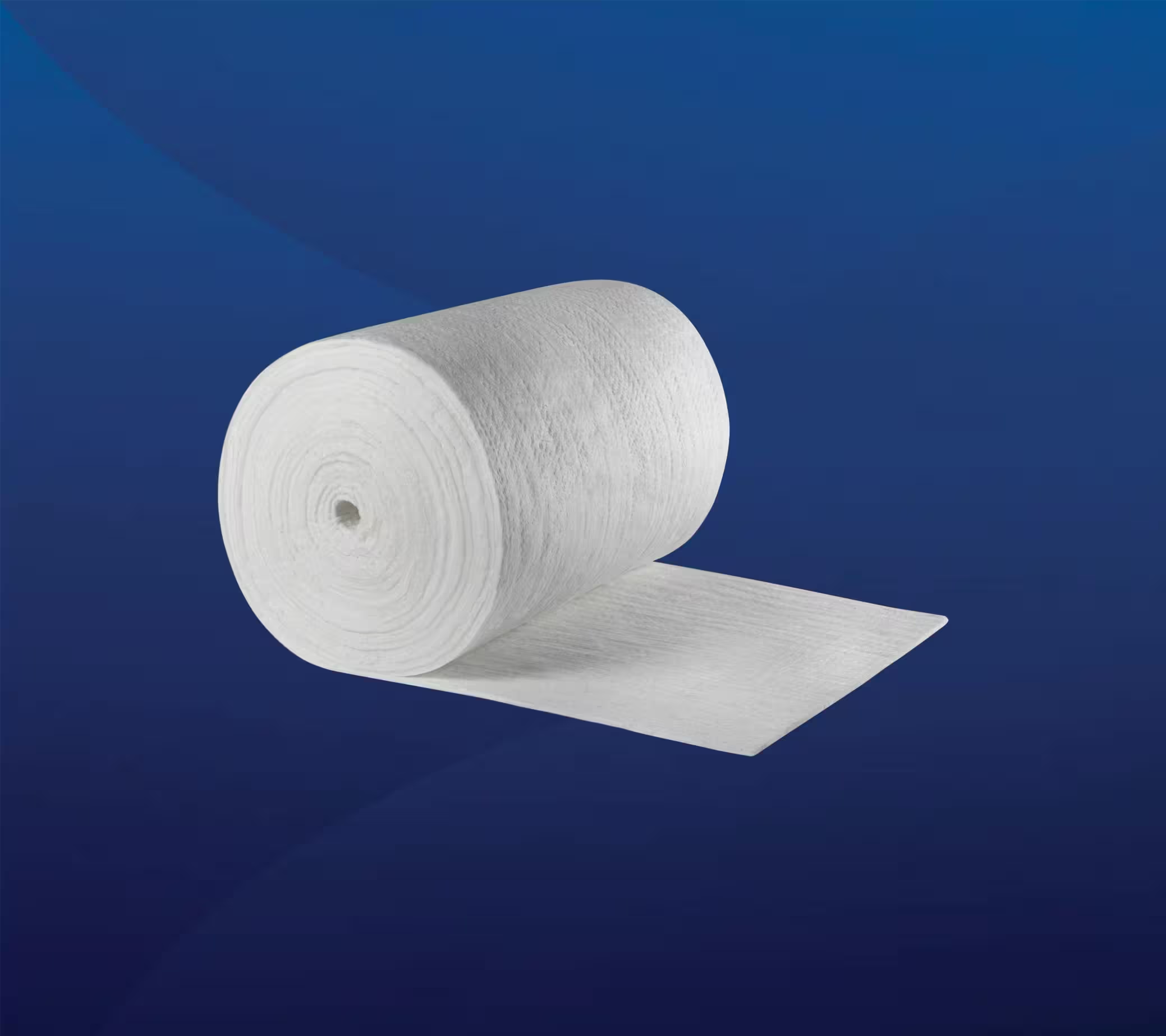Insulation blankets are a versatile and widely used solution in the industrial sector. These blankets exhibit exceptional heat resistance, withstanding temperatures ranging from 2200°F (1200°C) to 3000°F (1650°C). Furthermore, due to their adaptable form, they can be easily cut, shaped, and used in conjunction with other products
High temperature needled blankets of different chemistries, thicknesses, densities and temperature ratings, designed to reduce energy consumption, improve thermal process performance and fire protection characteristics.
NUTEC Insulation fiber blankets are easy to install, require no curing or dry out time. Rapid heat-up can be achieved with all fiber blankets; they will not crack or spall and are thermal shock resistant. These products save energy, reduce heat loss and heat storage versus other hard refractory products.











